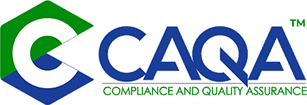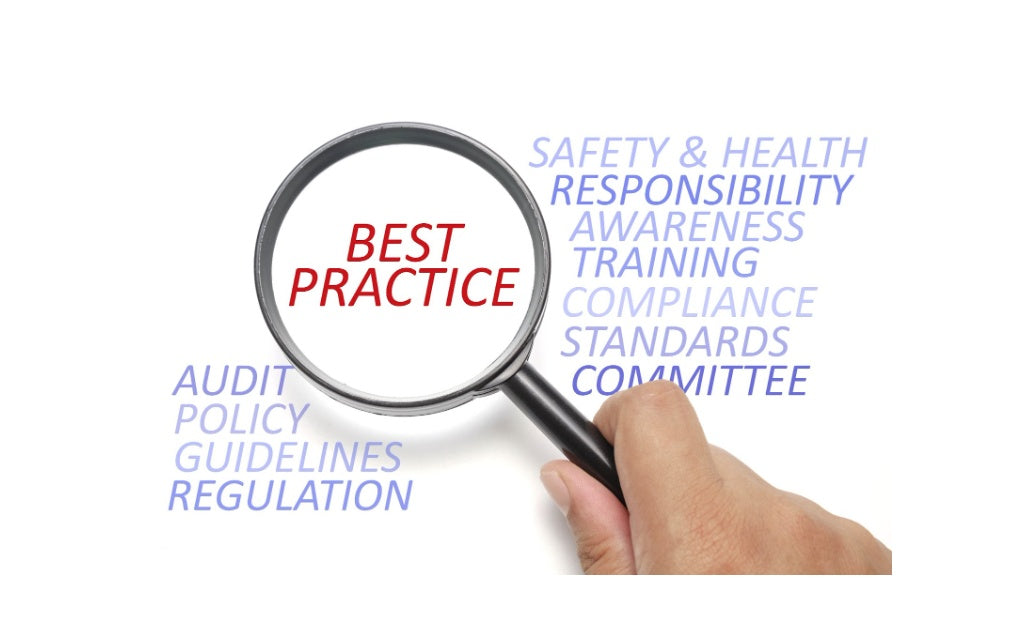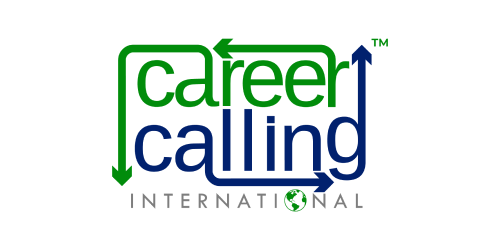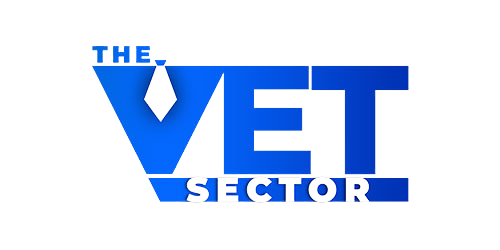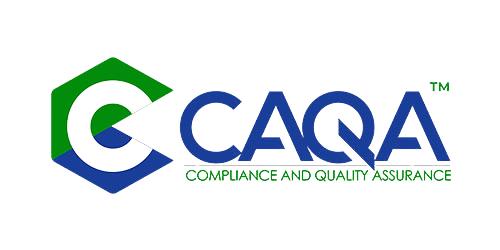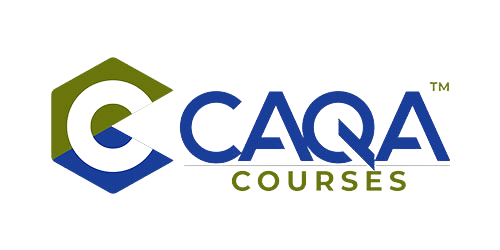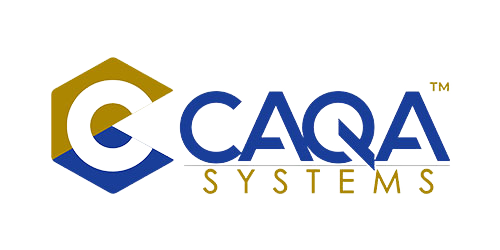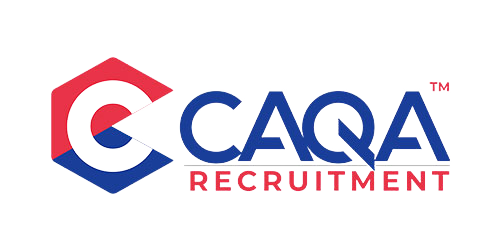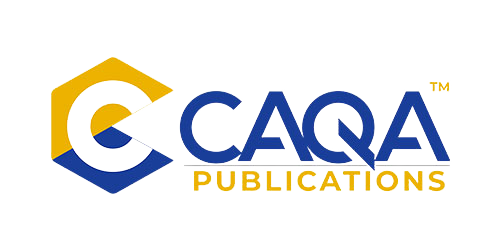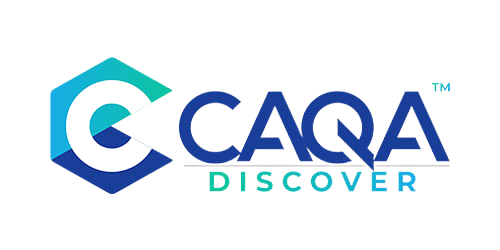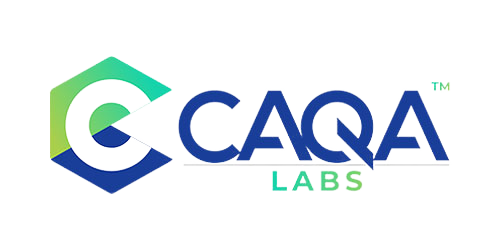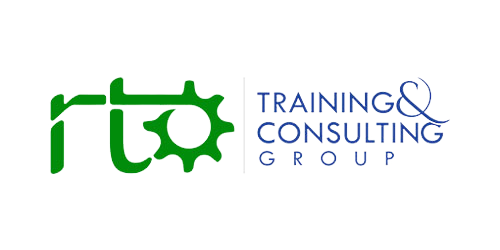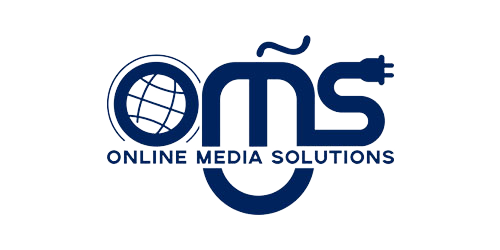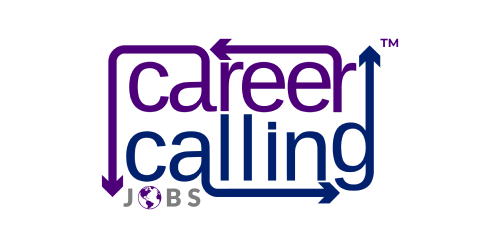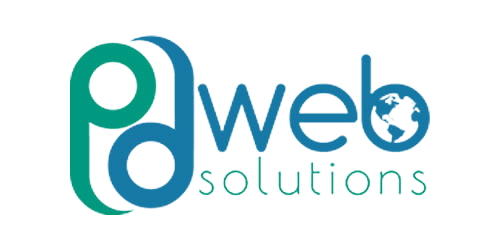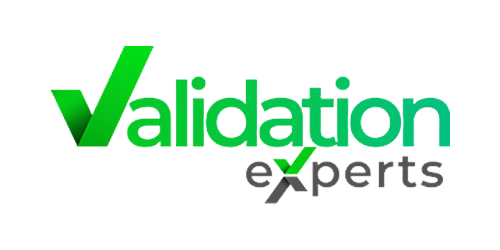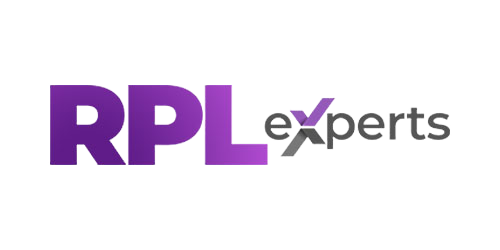Australia's Vocational Education and Training (VET) sector faces intense debate regarding its regulatory framework, oscillating between concerns of overreach and insufficient vigilance. This article delves into the core of this contention, examining the crucial role of regulatory auditing, the universal principles underpinning effective oversight, and the hallmarks of a trustworthy regulator. It highlights the contradictory experiences of VET stakeholders, from providers alleging excessive compliance burdens to those fearing a weakening of quality standards.
Drawing on international best practice, the paper outlines a comprehensive set of auditing principles essential for effective education regulation, including independence, integrity, consistency, fairness, a risk-based approach, transparency, constructive engagement, and proportionality. It argues that "good" regulation embodies a blend of these principles, empowering informed choice, facilitating continuous improvement, and ensuring effective deterrence against misconduct.
The article addresses key dilemmas in VET regulation, advocating for a nuanced approach that calibrates enforcement with supportive engagement, ensures transparency of audit outcomes, maintains clear boundaries between auditing and consultancy, and differentiates between inadvertent errors and deliberate misconduct. Finally, it proposes a practical path forward for VET regulation, advocating for a three-pillar approach of transparency, education, and enforcement, alongside modernisation of audit practice, enhanced regulator capability, robust complaints pathways, and appropriate governance structures. The ultimate goal is to foster excellence, ensure public confidence, and rebuild trust through collaborative reform.
Regulation of Australia’s Vocational Education and Training (VET) sector has never been more contested. Is the national training regulator too heavy-handed, or not vigilant enough? Should its mandate be reimagined—or does it simply need more resources and sharper tools? In recent years, debate has intensified: some argue the regulator stifles legitimate businesses through excessive compliance demands; others believe it cannot keep pace with providers willing to shortcut standards at the public’s expense. If the goal is a sector defined by quality, accountability, and public confidence, what should effective regulation actually look like?
At the heart of this debate lies the crucial work of regulatory auditing, the principles that underpin good oversight, and the characteristics that distinguish trustworthy, respected regulators from those mired in controversy. This article aims to clarify these issues, distil international best practice, and offer a roadmap for reform.
The Stakeholder Experience: Contradictory Realities
Stakeholders’ experiences with the regulator vary dramatically. Some private training providers, feeling aggrieved after stiff penalties or deregistration, allege overreach and inflexibility, especially when reprimands relate to paperwork errors. Others, operating within the rules but unable to compete with non-compliant rivals, worry that any weakening of the regulator would undermine quality further. Meanwhile, consultants and educators voice concerns that current methods are inconsistent, opaque, and not focused enough on supporting improvement.
This polarisation has fuelled grassroots activism: a new wave of VET professionals, leveraging social media and networking platforms, has begun championing reform, demanding regulatory practices that couple fairness with rigour. Responsive to these pressures, the regulator’s CEO recently committed to a “rapid review” and promised a move toward a more collaborative, educative posture.
Given these conflicting realities, what does “good” regulation actually look like in practice—what are its foundations, and how should it function in the VET landscape?
Principles of Auditing in Education Regulation
Auditing lies at the centre of effective education regulation, serving as the primary mechanism by which compliance, quality, and ongoing improvement are rigorously assessed and maintained. To perform this critical role, educational auditing is guided by a comprehensive set of universally recognised principles. Independence and integrity are fundamental: auditors must operate without undue influence—be it from institutional, political, or commercial sources—adhering to strict ethical standards and ensuring that conflicts of interest are transparently identified and managed. Consistency and fairness across all audit processes are vital, with well-defined frameworks applied equally to all providers regardless of type or size, thereby preventing perceptions of bias and maintaining sector trust.
A risk-based approach is essential, allowing audit resources to be prioritised where they are needed most, based on sectoral trends, provider history, complaints, and emerging risks, reflecting global best practice. Transparency is equally critical, with every stage of the audit process—from purpose and criteria to findings and outcomes—clearly communicated and, where possible, made openly available to strengthen public confidence and deter malpractice. Constructive engagement underpins the educational audit ethos, shifting the focus from punishment to education, coaching, and fostering a culture of continuous improvement by providing actionable, supportive feedback to providers.
Timeliness underlies the utility of audits, as findings must be delivered rapidly enough to remain relevant and facilitate prompt action by both providers and regulators. Accountability and recourse ensure that providers receive clear explanations for audit outcomes and have access to fair, transparent mechanisms for review or appeal, while regulatory actions themselves remain open to scrutiny. Auditor competence and professionalism are non-negotiable, requiring up-to-date expertise, continuous professional development, and deep contextual knowledge of the regulatory landscape.
To preserve the objectivity and defensibility of audit findings, decisions must be grounded in verifiable evidence, eschewing subjective judgments or unsubstantiated opinions. Proportionality in audit activities is critical, with the scale of interventions tailored to the seriousness and risk level of identified issues, ensuring that audits are neither overbearing nor insufficiently vigilant. Confidentiality and respect for participants must be maintained throughout, protecting privacy and reputations while modelling professional conduct that reinforces trust in the auditing process.
Auditing itself should exemplify continuous improvement, with regular review, peer assessment, and stakeholder input ensuring methodologies remain current and effective. Clear communication—using accessible, plain language for all reports and recommendations—maximises understanding and supports compliance and enhancement across the sector. All audit activities must be firmly aligned to the overarching goals of the regulatory framework: the promotion of educational quality, student protection, and integrity, rather than mere tick-box compliance.
Moreover, audit processes should minimise unnecessary administrative burden, especially for consistently compliant providers, ensuring that regulatory oversight does not divert resources from core educational missions. Calibration and consistency across auditors are essential, with regular training and guidance to ensure uniform interpretation and application of standards, thereby reducing variability and increasing fairness. Finally, auditors must be sensitive to cultural and contextual differences, recognising the diverse institutional environments and practices within the sector and accommodating legitimate differences in approach where they are justified. Collectively, adhering to these principles ensures that auditing supports a robust, fair, and trust-inspiring system of educational regulation.
What Should Good Regulation Look Like?
Good regulation embodies a blend of transparency, accountability, proportionality, and public engagement. At its foundation, effective regulation empowers informed choice for students, employers, and the broader community by making comprehensive data—including compliance reports, audit outcomes, and sanctions—publicly accessible in clear, searchable formats, as seen in leading examples like New Zealand’s NZQA. Regulation must facilitate continuous improvement by cultivating genuine partnerships with providers, encouraging feedback, piloting new approaches, and offering guidance—all without encroaching on commercial consultancy—to foster a healthy “no surprises” culture. At the same time, effective deterrence is essential: misconduct, fraud, and egregious breaches must be promptly detected, consistently penalised, and transparently publicised, signalling robust intolerance for those who undermine sector integrity.
A proportionate, risk-based approach is central, with regulatory attention and resources tailored to the risk level and compliance history of each provider, ensuring efficient oversight while avoiding unnecessary burden for reliably compliant operators. Upholding clear, simple, and consistent rules reduces ambiguity, supports voluntary compliance, and lowers administrative costs, while ensuring that the “spirit” of regulation is as well understood as the letter. Independence and impartiality—operating at arm’s length from political, sectoral, or commercial pressures—are vital to ensure objectivity, minimise conflicts of interest, and maintain public trust. Moreover, regular and meaningful stakeholder engagement, through advisory groups, consultation, and ongoing feedback, allows regulation to adapt responsively to emerging needs, sector shifts, and new risks.
Transparency in decision-making is critical: regulatory decisions, including accreditations, sanctions, and reforms, should be accompanied by clearly articulated rationales and accessible, fair appeals pathways. Data-driven, evidence-led decision-making is essential, empowering regulators to track trends, assess impact, and improve over time, while periodic review and modernisation safeguard ongoing relevance as technologies, markets, and expectations change. Efficiency, supported by streamlined digital systems, consolidated reporting, and efforts to reduce duplication, ensures that regulation delivers value without unnecessary red tape.
Furthermore, good regulation is predictable and stable, providing certainty so providers can plan with confidence. It delineates roles and responsibilities unambiguously, aligns coherently with other legal frameworks, and provides mechanisms for regular updating or repeal of outdated provisions. Regulation should be limited in scope to genuine public interest needs, with every intervention justified and proportionate. Openness to public participation and cross-sector or international collaboration can enrich understanding, maintain coherence, and drive innovation.
Maintaining strong ethical standards and technical competence within regulatory bodies is vital, as is cultivating a positive organisational culture based on professionalism, fairness, mutual respect, and service. Above all, good regulation must be not only theoretically robust but also practically implementable and enforceable, with clear processes, accessible supports for those making good-faith errors, and prompt, fair sanctions for deliberate or reckless misconduct. This collective approach ensures regulatory systems are effective, responsive, and trusted, delivering both quality assurance and space for innovation across sectors.
Addressing Key Dilemmas in VET Regulation
Addressing the key dilemmas in Vocational Education and Training (VET) regulation in Australia requires an approach that finds equilibrium between robust enforcement and supportive engagement. Australian regulators must calibrate their regulatory efforts to reflect the seriousness of infractions, deploying a graduated response that reserves the strongest interventions for clear, willful breaches, while using proportionate measures for less severe, inadvertent violations. This ensures that compliance and improvement are encouraged without fostering a climate of fear or resentment among quality providers.
Crucially, transparency must underpin the regulatory process. Audit outcomes should be published openly, keeping stakeholders informed at every stage, especially during appeals or when outcomes are pending. Interim communication from the regulator offers both providers and the public clarity about process timelines and the current status of contested decisions, maintaining trust throughout potentially lengthy resolution periods.
Auditors occupy a pivotal position: they are tasked with assessing provider compliance and must offer constructive guidance to encourage continual improvement. However, they must avoid crossing into consultancy, which could compromise their impartiality. Striking this balance requires well-defined boundaries between providing generic regulatory guidance and offering advice that influences business models or internal operations.
Further, regulation must unequivocally differentiate between genuine, inadvertent errors—where support and capacity-building should be the default—and deliberate or reckless misconduct, which warrants prompt and public sanction. Maintaining this distinction enhances overall sector trust and signals that while honest mistakes will be met with support, intentional wrongdoing will not be tolerated.
Collectively, this nuanced approach nurtures a regulatory environment that is both fair and effective: one that promotes continuous improvement and sector quality, protects public and student interests, and maintains the confidence of all stakeholders in the integrity of VET regulation. Where possible, regulators should draw on international lessons—such as transparent audit reporting seen in New Zealand, proportionate enforcement in the UK, and clear guidance boundaries adopted in Canadian frameworks—to further refine and strengthen Australia’s regulatory system.
The Path Forward: Practical Recommendations
The VET sector’s regulatory framework should move towards:
-
A three-pillar approach: transparency, education, and enforcement.
-
Modernisation of audit practice through data-driven targeting and regular feedback mechanisms.
-
Upgrading regulator capability by increasing resources, consistent training, and robust guidelines.
-
Clear, accessible complaints and review pathways with independent external reviews.
-
Appropriate governance with an advisory council and openness to periodic independent review.
Effective VET sector regulation requires balancing enforcement with support, grounded in independence, transparency, risk-based focus, and genuine stakeholder engagement. The regulator's ultimate value lies in fostering excellence and continuous improvement while ensuring public confidence. Reform must rebuild trust and chart a clear, transparent course for quality VET as an everyday reality. Stakeholder collaboration and openness are essential for meaningful progress.
